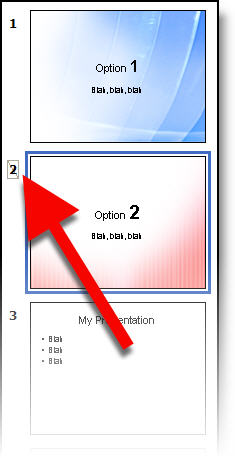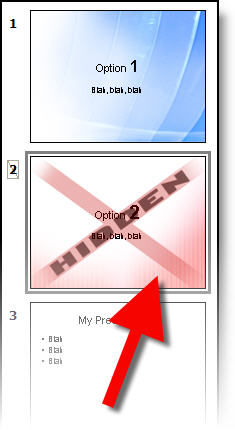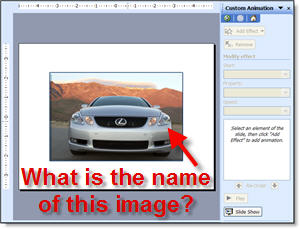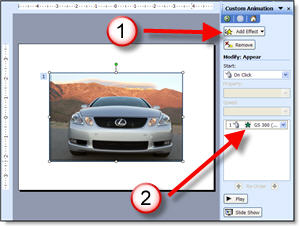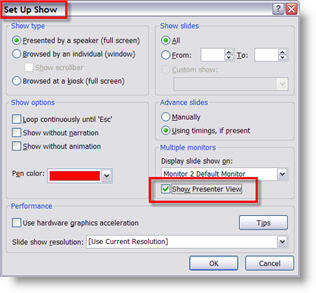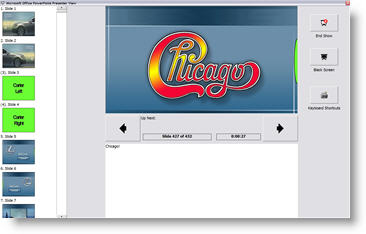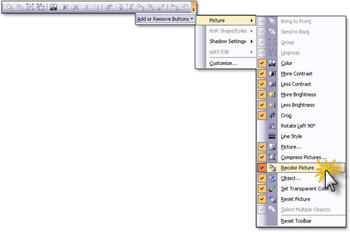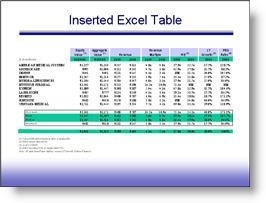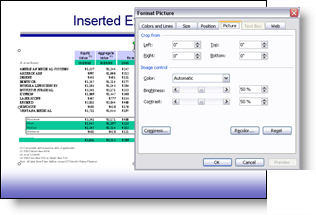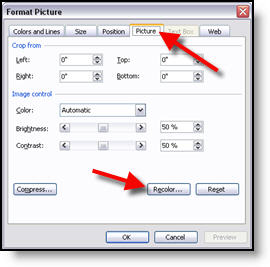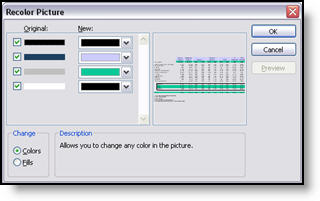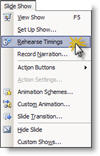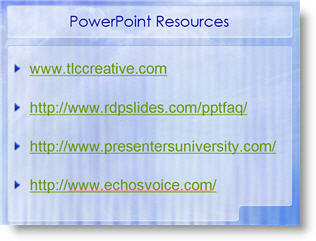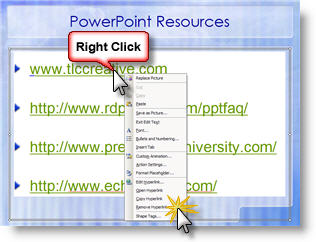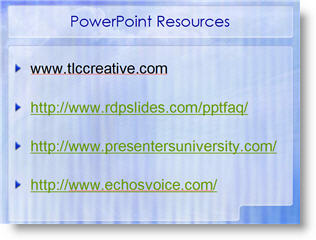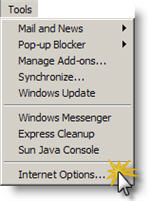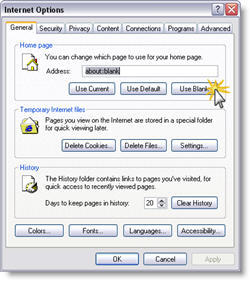I have been doing a lot of webcast projects lately. Most involve syncing a PowerPoint presentation with video of the presenter. One client’s IT department needed more information to determine which format fit their needs best so I provided this quick run down on the pro’s and con’s of the formats we were discussing:
Flash Legacy (.swf)
Pro: This format is virtually guaranteed to work on all computers, through firewall settings and has an install rating of over 98% of all computers worldwide.
Con: It is not optimized for live video, so it produces larger files and does not stream as well as an .flv
Flash Video/Flash 8 (.flv)
Pro: This format is optimized specifically for video. It produces good size files and streams extremely well (even if file is larger than a .swf it streams much smoother and faster).
Con: Still requires many computers to do the free upgrade, which is permitted through most corporate firewall systems (although it can be problematic in a tightly controlled corporate IT setting).
Windows Media Video (.wmv)
Pro: Optimized to playback on Windows PCs and now works on all Macs that have the Flip4Mac QuickTime add-in (included in a free auto update, so installed on majority of Mac systems). Can be embedded in webpage or forced to launch player application on computer.
Con: Larger file sizes than .flv (similar to .swf), fewer pre-load options (eg: a status bar before playing).
All of this is very simplified information, but it provides a quick overview of some common formats. Stay tuned for a very detailed set of posts on Streaming Media formats I have been working on.
– Troy @ TLC
